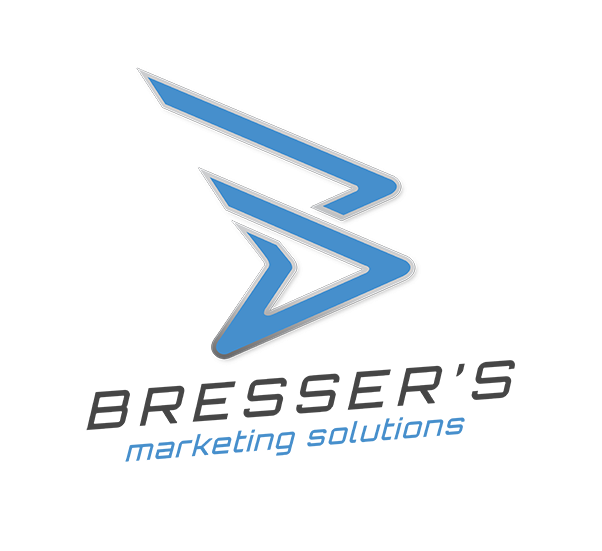Direct Mail That Delivers: 6 Key Questions + 5 Must-Know Tips
Before you design your mailer, here’s what you need to know to drive results.
Whether you’re mailing postcards, self-mailers, or letters in envelopes, great design starts long before you open a design file. At Bresser’s, when we consult with clients on a mail campaign, we start by asking a few smart questions—the same ones we’re sharing with you here. Once those are answered, we’ll layer on the technical and strategic pieces to make your message work harder.
6 Questions to Ask Before You Design Your Mail Piece
1. What Are You Trying to Promote?
Start with clarity. Are you inviting people to a local event? Promoting a seasonal service? Offering a limited-time discount? Defining the goal of the piece makes every creative decision easier—from headline to call-to-action.
2. Who Is Your Ideal Audience?
Think in specifics: Are they homeowners? Renters? Certain ages or income levels? Once you define who you're talking to, we can help you rent a targeted business or consumer mailing list that mirrors those attributes.
3. What Should the Headline Say?
Great headlines trigger emotion or curiosity—usually by highlighting a pain point or offering relief from a common frustration. Your frontline team (like your receptionist or sales staff) often has the raw language you need. If they hear the same problem again and again, use that as your hook.
Pro Tip: On oversized postcards, place your headline above the 4.125" mark (the height of a #10 envelope) so it's seen before bills in the stack.
4. What’s Your Offer?
Make sure your reader knows what’s in it for them. Is there a discount? A bonus? A limited-time incentive? The more specific and time-sensitive the offer, the better the response.
5. What Images Will Support the Message?
Use images to create emotion, not just fill space. Show solutions, outcomes, or emotional triggers—not just a photo of your building. Stock images can work well if you don’t have custom photography (many are under $20), and your product vendors may offer free image libraries, too.
6. How Do You Build Trust?
If this is their first impression of your company, why should they trust you? Include credibility elements like logos, years in business, certifications, awards, and brief testimonials. A clear print-ready layout makes all of these elements easy to incorporate.
5 Tactical Tips to Make Your Mail Work Harder
1. Add Tracking
Use trackable phone numbers, landing pages, coupon codes, or simply ask recipients to bring in the piece. With SMS integration, you can even send follow-ups to non-responders.
2. Align Your Team
Make sure your sales staff and front office know what’s in the mailer. You’d be surprised how often a campaign loses traction because no one internally knows what the prospects are calling about.
3. Design for Simplicity
Here’s your essential checklist:
- Headline: Pain or benefit-focused
- Bullets: Max 4, only key features
- Offer: Simple, clear, time-bound
- Visual: Motivational, not decorative
- Credibility: Logo, testimonials, brief brand story
- Call to Action: Name, phone, web, email—repeat it on both sides if postcard
- Location Map: If foot traffic matters, include a small locator map
4. Print Like a Pro
We offer full-service commercial printing, or you can supply your own. Remember to:
- Save files in CMYK, high-res PDF
- Include bleeds for full-bleed pieces
- Order at least 10% over your mail quantity
- Understand gang-run printing (great savings, usually printed in multiples of 2,500)
5. Presort and Mail Smart
Presorting and proper addressing can save you $42+ per thousand pieces mailed. We make regular drops at major postal hubs and can walk you through how to reduce costs on every campaign. Learn more on our Mail Services page.
Before You Hit Send
Mail piece ready? Send it our way for a complimentary design review. We’ll catch any errors, offer feedback, and make sure you’re set up for success.
Additional Resources
“We didn’t know where to start with our postcard—but Bresser’s walked us through every step. We got more calls than expected and saved money on postage.”
— Marketing Assistant, Regional Healthcare Provider
Let’s Make Your Next Mail Piece a Winner
If you’re just getting started, or you want to improve results on your next campaign, we’re here to help. Give us a call at (800) 995-0570 or reach out online.

